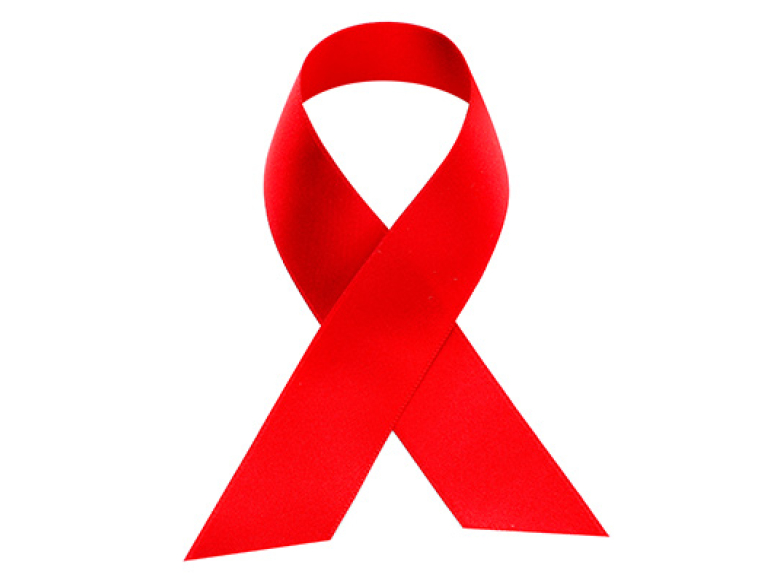AIDS in Australia has become uncommon, and we are doing better than almost anywhere else on earth, but it is not over.
Every year, 150 people in Australia go to the doctor and find out that they not only have HIV, but that it has advanced to the point that they effectively meet the definition of AIDS. This means that their immune systems have already been seriously damaged by the HIV virus. For most people with advanced HIV, their condition will greatly improve as soon as they start treatment; but the result would have been much better had they been diagnosed and started treatment earlier. In Australia, most gay men with HIV get tested regularly and know their HIV status. But we know from our national data that there are lower testing rates in people born overseas, in countries with high rates of HIV, and also among women and some gay men. Continued focus on increasing HIV testing is critical to get people in touch with treatment as early as possible.
Our success in Australia has been due to high levels of continuing investment in supporting affected communities, providing clinical and prevention services such as needle and syringe programs, and research. The strength of our surveillance monitoring system, which alerts us to changing trends in infection so that we can respond swiftly has also played an extremely important role. 35 years into the HIV epidemic there is still no vaccine and no cure – we need continued high level investment in health services, community organisations and research.
As a country we can be very proud of our achievements in regards to HIV and AIDS. With increased investment in PrEP, HIV testing, and early HIV treatment, we can work towards the virtual elimination of HIV transmission in Australia by 2020. As HIV is defeated, we will really see the end of AIDS, the once-dreaded disease that the virus causes.
Contact
Laurie Legere
Phone
+61 (02) 9385 9987
